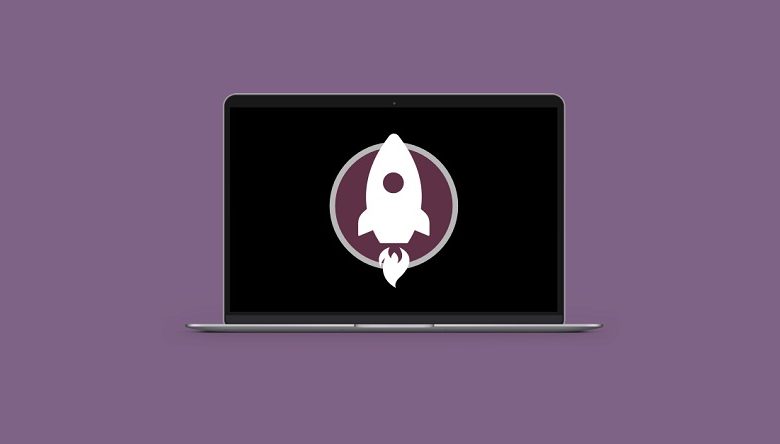The Easy Tricks For Speeding Up Slow Mac

When you open up your computer, you might find it’s a little slower and more outdated than you remember. The software is old and lacks features, the icons are outdated, and it takes forever to load up everything. Well, if you are having those issues with your Mac, check out some tricks for speeding up that slow computer of yours!
What is the best way to speed up a slow Mac?
There are a few easy tricks you can do to speed up your slow Mac. One is to defragment your hard drive. This will help your computer find and use the most important files quickly. Additionally, ensure you have plenty of RAM and that your graphics card is up to date. Finally, make sure your software is up to date as well.
The 5 Major Mac Storage Problems
If you’re struggling to speed up your Mac, there are a few easy tricks you can try. Here are three of the most common ways to speed up your computer:
1. Defragment Your Hard Drive
One of the simplest ways to speed up your Mac is to defragment its hard drive. This will help to reduce the amount of data that needs to be processed by your computer, which can speed up your computer overall. To defragment your hard drive, open System Preferences and click on the “Hard Drives” tab. Click on the drive you want to defrag and then click on the “Defrag” button. You can also use a freeware program like Disk optimizer Pro or Defraggler to do this automatically.
2. Clear Out Your Cache And Cookies
Another simple way to speed up your Mac is to clear your cache and cookies. This will free up space on your hard drive and make it faster for your computer to access files. To clear out your cache and cookies, open Safari and go to the “Safari” menu item. Under the “History” tab, select “Clear History.” You can also use a free browser extension like Clear browsing to clear out your cache.
3. Uninstall Unnecessary Apps
One of the easiest ways to speed up your Mac is to uninstall any unnecessary programs you have installed in your Applications folder. This will free up space on your hard drive and make it faster for your computer to access files. To find all the extra applications you have, go to the “Applications” menu on the Dock (or by clicking “Applications” in the Finder). Click on an app and then click “Get Info” or swipe up on an app icon in the Dock. You can also type “get info” into the terminal window or press Command+Spacebar while holding down Apple>H key to see what apps you have running at a glance.
4. Check for updates
Updating your software can make a huge improvement in the speed of your Mac. You should always have the latest security patches and bug fixes installed on your computer but are sure you are also installing the latest versions of any programs you have installed. If you’re running a program that’s more than a few years old, it’s probably time for an update anyway so take advantage of the update options in your applications. If you don’t use an app regularly, it might not be worth upgrading it to newer versions.
5. Clean up your system
Delete unused programs and files from your Applications folder if they take up too much space or slow down performance. It’s also a good idea to empty trash frequently as apps and documents often leave remnants behind.
Why do people need storage space on their Macs?
People need storage space on their Macs for a few reasons. The most common reason is that they want to store files they use frequently, such as photos, music, and videos. Other people use storage space on their Macs to store files they don’t use very often, such as large projects they’re working on or old documents they don’t need anymore.
Increase storage on your Mac
Like most Mac users, you probably use your computer for work and play. But even if you don’t use your Mac frequently, it can still take a while to load certain programs or files. Have a look here:
First, make sure you have enough storage space on your Mac. If you don’t have enough space, you can either delete some files or purchase a new hard drive. You can also free up storage by reorganizing your files. For example, if you have a lot of photos stored in a folder called “Pics,” you can move them to a folder called “Photos” and increase your storage space by about 50%.
Second, clear out the junk software from your Mac. This includes old versions of programs, unneeded extensions, and browser add-ons. By clearing out the junk software, your computer will be able to start faster and use more RAM.
Third, turn off unnecessary features on your Mac. This includes features like AirPlay and iCloud sync. By turning off these features, your computer will be able to start faster.
Conclusion
Sometimes, cleaning out your apps folder and uninstalling unused software can help your Mac run more smoothly. And if that’s not enough, consider using a disk cleanup tool to get rid of any unnecessary files that could be causing problems. In the end, it takes a little bit of effort but by following these tips, you will see a significant improvement in how quickly your Mac runs. Thanks for reading!


